How To Bleach Hair With Hydrogen Peroxide At Home: 6 Safe Steps
You can avoid most of the adverse effects if you learn how to do it properly.
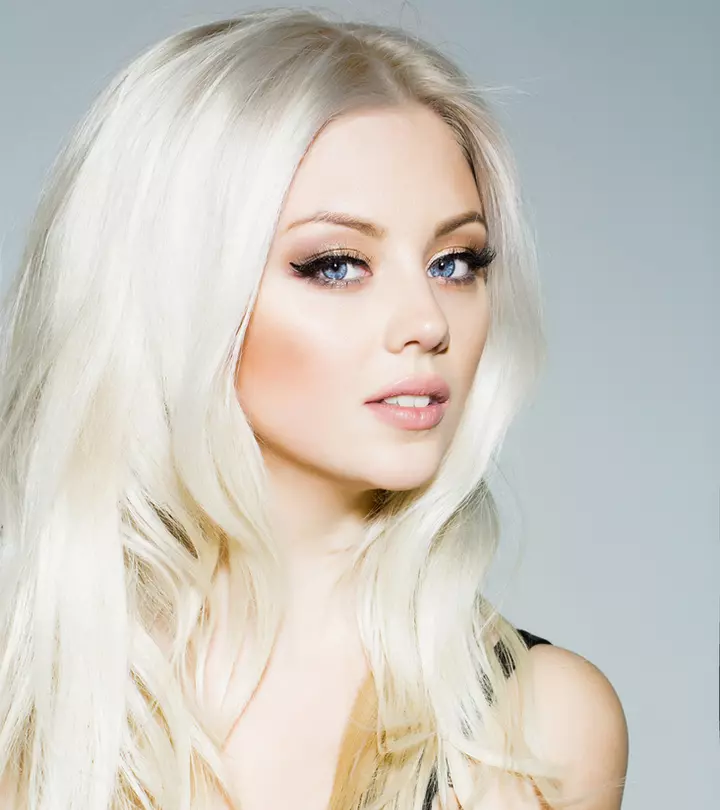
Image: Shutterstock
We all love a dramatic hair color makeover, don’t we? Have you been wondering how to color your dark hair in a lovely light blonde or red shade right at home? Well, then you need to consider bleaching your hair with hydrogen peroxide. Hydrogen peroxide lightens your hair to ensure you can have a vibrant color payoff. It works even if you have black hair! This is your time to take the DIY route and bleach your hair at home. But Hey! Also, remember that hydrogen peroxide can damage hair, irritate the scalp, and cause hair loss. Be sure to always follow safety guidelines and consider other options if you are not confident enough.
Now keep reading to discover our complete step-by-step guide on bleaching your hair at home using hydrogen peroxide. You will also learn the mechanism behind how it works.
 Trivia
TriviaIn This Article
What Is Hydrogen Peroxide?
Hydrogen peroxide is an oxidizing agent known for its antibacterial and antiviral properties.
It is also widely used as a bleaching agent to lighten the hair color and be found in most commercially available hair dyes (1). This readily available chemical works by penetrating the hair shaft to release oxygen that combines with the hair pigment to lighten the hair color.
If you plan to bleach your hair with hydrogen peroxide, the following tutorial might help. Listed below are the things you may need.
Key Takeaways
- Hydrogen peroxide is an oxidizing agent that helps lighten hair color.
- To prevent dryness and damage, use a hydrating conditioner before bleaching your hair with hydrogen peroxide.
- Some side effects of hydrogen peroxide, like hair loss, hair damage, and scalp irritation, have been reported.
Items Needed To Bleach Your Hair
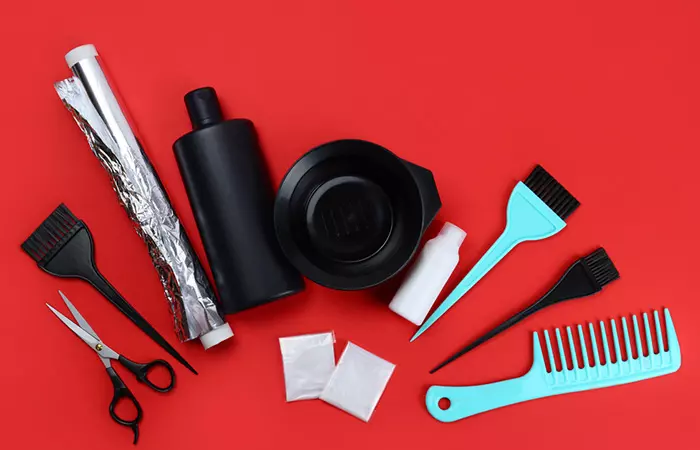
- 3% hydrogen peroxide solution (10 volume developer)
- Baking soda (if mixing with hydrogen peroxide)
- A clean empty spray bottle
- Hair clips
- Cotton balls
- A dry towel
- Hand gloves
- Aluminum foil
- Shower cap
- Natural shampoo and conditioner
Once you have gathered all these things, follow these steps to successfully bleach hair at home successfully.
Bleaching Your Hair With Hydrogen Peroxide: A Detailed Tutorial

1. Wash Your Hair
Before bleaching your hair with hydrogen peroxide, wash your hair to remove excess oil, grime, and dirt from the scalp. Use a natural shampoo with botanical ingredients for deep cleansing and removing excess sebum. Opt for a hydrating and nourishing conditioner as bleaching tends to dry out the hair strands.
Note: Avoid frequent washing after bleaching the hair. You can apply hair oil before washing to avoid excess dryness and damage.
2. Air-Dry Your Hair
Avoid blow drying. Instead, air-dry your hair. Using a blow dryer may speed up the drying process, but it may damage the hair. Pat your hair dry with a towel, comb it gently and let it air-dry for at least 30 minutes before applying hydrogen peroxide.
3. Do A Patch Test
Hydrogen peroxide may cause allergic reactions like itching and burning. To avoid this, do a patch test. Apply 3% hydrogen peroxide to a section of your hair and leave it on for at least 30 minutes before washing.
4. Apply Hydrogen Peroxide
- Section the hair with clips or tie it in knots.
- Dab a cotton ball with 3% hydrogen peroxide and apply it on a section, leaving an inch from the scalp.
- Work down the section and wrap it with a piece of aluminum foil.
- Repeat the process on all hair sections.
- Once done, leave them for 30-45 minutes.
Adjust the time, depending on your natural hair color and the result you are expecting. For instance, if you have to bleach dark black hair, you may have to leave the solution on for at least 30 minutes or more to lighten it.
If you want to bleach your entire head, mix equal parts of hydrogen peroxide and water in a spray bottle. Spray it on your hair and cover the neck and back with a towel. Leave it on for 30-40 minutes to get bleached hair.
5. Wash Your Hair Thoroughly
Rinse your hair thoroughly with a mild shampoo to remove all the chemical deposits. Use cold water to restore the shine and minimize the damage. Finish off with a conditioner to soften your hair.
6. Avoid Blow Drying Or Using Heat
Towel-dry your hair and avoid using hair styling tools or a hair dryer, as it may cause further damage. If you are blow drying your hair, use the lowest temperature setting or the cool-shot. It is best to dry your hair naturally to reduce damage and restore moisture and shine.
You may use only hydrogen peroxide to bleach your hair or combine it with baking soda. Here is how to do that.
How To Bleach Hair With Hydrogen Peroxide And Baking Soda
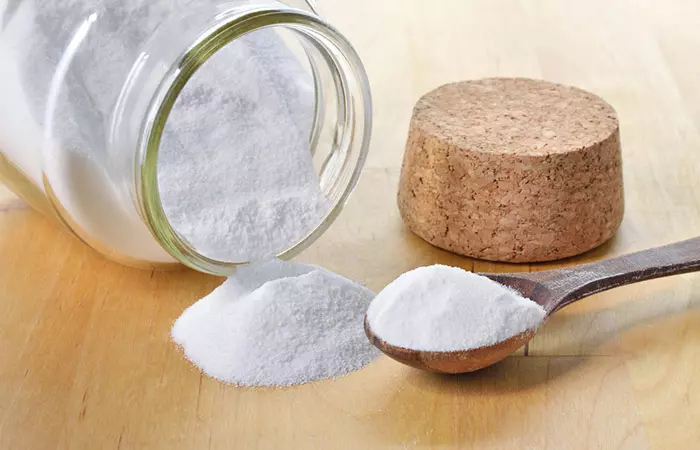
Hydrogen peroxide and baking soda lighten hair faster and give more effective results than hydrogen peroxide alone. Baking soda is alkaline and a natural cleanser. It acts as a base for hydrogen peroxide, and the mixture sits easily on the hair.
You Will Need
- 1 cup baking soda
- 3 tablespoons 3% hydrogen peroxide
Follow this ratio and adjust the quantity of the mixture as per your hair length.
Procedure
- Apply the mixture to the hair and work down the strands.
- Leave it on for 30 minutes to an hour, depending on the desired intensity.
- Rinse with cold water and wash thoroughly with a mild shampoo.
- Apply a hydrating conditioner to restore shine and lock-in moisture.
Ambees Curls, a blogger, used peroxide to bleach her hair in her blog. She said, “I sprayed my hair in 6 or 7 sections, combed it through and twisted it, put on my plastic baggie and bonnet, and went to sleep. When I got up, I noticed my hair had lightened (i).”
Caution: Baking soda may damage your locks, leaving them dry, brittle, and dehydrated. Apply a conditioner or a hydrating hair mask to restore moisture, softness, smoothness, and shine.
Here’s a video to help you understand how to go about it.
If you are wondering how hydrogen peroxide lightens your hair, scroll down to the next section for the answer.
Note: Baking soda and developer (hydrogen peroxide) shouldn’t be used mixed. Each is alright to use alone but not mixed together. Baking soda is too strong of a clarifier to use when the cuticle is open, which is what hydrogen peroxide does.
How Hydrogen Peroxide Lightens The Hair Color
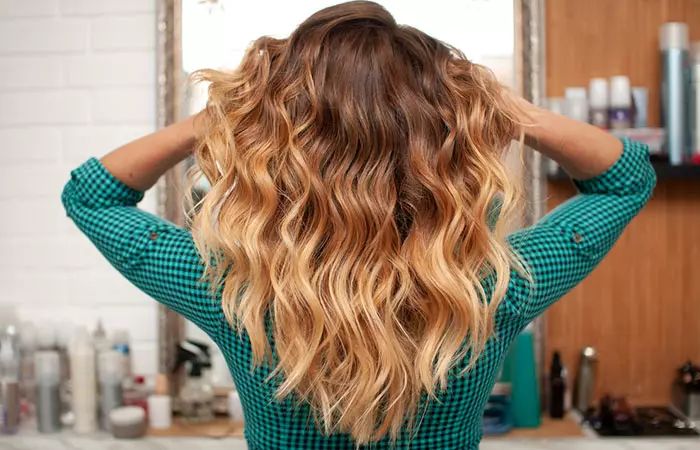
Hydrogen peroxide tones down or lightens the natural hair color by oxidizing the hair pigment (melanin) and keratin (the hair’s structural protein).
The cortex (the innermost part of your hair) contains the color pigment or melanin that gives your hair its natural color. Hydrogen peroxide penetrates the hair cortex and releases oxygen to break down the melanin pigment, lightening the hair (2), (3).
You should be aware of the possible side effects before bleaching your hair with hydrogen peroxide. Read on to know more!
Side Effects Of Using Hydrogen Peroxide For Bleaching Your Hair
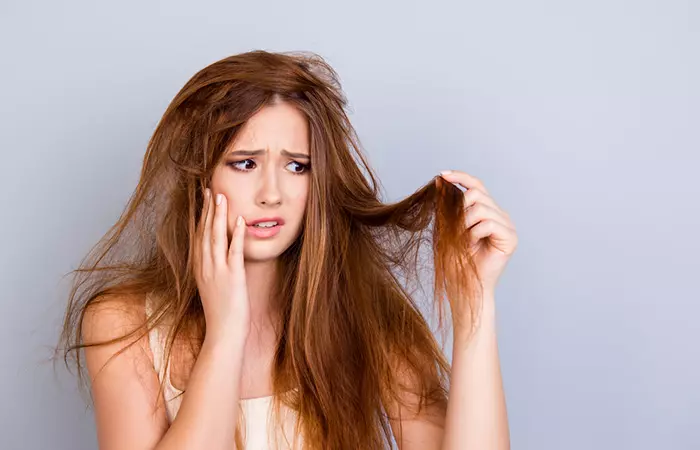
- Hair Loss
Using hydrogen peroxide for coloring hair treatment may cause oxidative stress in the scalp, leading to hair loss. A study conducted on mice found that hydrogen peroxide mixed with other chemicals caused dermatitis and hair loss (4).
- Damaged Hair Cuticles
The oxidation process caused by bleaching breaks down the disulfide bonds between hair proteins present in the cuticles. This damages the cuticles, making the hair brittle, fragile, and prone to breakage, and causes split ends (5).
- Scalp Irritation
Hydrogen peroxide is a potential irritant. It may cause a burning sensation on the scalp. A study done on human hair and rat skin showed that 6% to 9% hydrogen peroxide solution damaged the human hair cuticle and caused swelling on rat skin (6).
Another case study published in Annals of Burns and Fire Disasters showed that 9% of hydrogen peroxide caused a chemical burn on a 16-year-old girl’s scalp (7).
- Chemical Burns
While hydrogen peroxide is a weak acid, it can lead to skin burns if left on the skin for too long (8). Stop using it immediately if you notice symptoms like redness, pain, and blistering, and consult a doctor.
Clearly, hydrogen peroxide carries potential risks and safety concerns, not only when used for cleaning purposes but as a remedy for various issues. A survey of burn care services in the UK found that 75% did not use hydrogen peroxide (H2O2) for treating burn infections, mainly due to concerns about its effectiveness and potential side effects. While 25% of the services did use hydrogen peroxide, none had a formal protocol for its use (9). Therefore, it is important to exercise caution and consult a healthcare professional before bleaching your hair with hydrogen peroxide.
 Quick Tip
Quick TipHere are a few more tips to help you after bleaching your hair with hydrogen peroxide. Keep reading.
Tips For Maintaining Hair Health After Hydrogen Peroxide Bleaching
- Use a moisturizing hair mask once or twice a week to restore hydration and nourish your hair.
- Avoid using heat tools, like straighteners, curlers, and blow dryers, for at least a week or two after bleaching your locks. After this, limit the usage of heat styling tools to prevent further dryness and damage.
- Choose a sulfate-free, color-safe shampoo to cleanse your hair without stripping its natural moisture.
- Use color-safe and color-friendly products, as they contain nourishing ingredients made for processed and damaged hair.
- Consider using oils, like coconut or argan, to lock in moisture and promote shine while soothing your hair.
- Drink plenty of water to keep your hair hydrated from the inside out.
- Get your hair trimmed every few weeks to reduce split ends and keep it looking healthy.
- Shampooing too often can dry out your hair. Try washing your locks not more than 2-3 times a week, depending on your hair type, to maintain natural oils.
- Always gently detangle wet hair with a wide-tooth comb to prevent breakage.
- Protect your hair from the sun by wearing a hat or using a UV protectant spray to prevent further drying and fading.
- Give your hair a break from any additional chemical treatments to prevent over-processing.
Now, delve into some gentler options for hair bleaching, stepping away from hydrogen peroxide.
Alternatives For Hydrogen Peroxide
1. Lemon Juice: The natural acidity in lemon juice subtly lightens hair when exposed to sunlight, creating a sun-kissed, golden effect.
2. Chamomile Tea: Applying chamomile tea to hair may gradually impart a gentle lightening effect, leaving hair with a subtly lightened look.
3. Honey: As a natural humectant, honey can be mixed with other ingredients to create a lightening mask, achieving soft highlights.
4. Cinnamon: A cinnamon paste adds warm, reddish-brown highlights when applied to hair, creating a welcoming, natural look.
5. Salt: Saltwater, combined with sun exposure, naturally lightens hair, offering beachy, sun-kissed highlights for a relaxed appearance.
Note: Before using these hair-lightening alternatives, consult a hairstylist to ensure safety and effectiveness, as no research is available on their merits or safety of these DIY hair bleach methods at home.
Infographic: Things To Keep In Mind Before Bleaching Hair With Hydrogen Peroxide
Hydrogen peroxide is an oxidizing agent that you can use to bleach your hair without causing any damage. Mixing it with baking soda works effectively and you can get naturally bleached hair at home. However, it is important to remember certain points while bleaching your hair. The following infographic tells you what you should remember before bleaching your hair with hydrogen peroxide. Scroll down!
Some thing wrong with infographic shortcode. please verify shortcode syntax
Hydrogen peroxide is a common ingredient in most hair dyes. It is a bleaching agent that penetrates the hair strands and releases oxygen to lighten your natural hair color. You can try bleaching your hair with hydrogen peroxide on your own by following the detailed tutorial mentioned above. Remember to do a patch test before applying this chemical to your hair. If you experience any adverse reactions, like skin irritation, do not use it anymore and consult a doctor. To maintain your hair health after bleaching it, moisturize your tresses and follow a regular hair care routine packed with nourishing products.
Frequently Asked Questions
Can you mix hydrogen peroxide and lemon juice to lighten hair?
Yes. A mix of hydrogen peroxide and lemon juice works well as a bleaching agent that helps lighten hair.
What should you not mix hydrogen peroxide with?
You should not mix hydrogen peroxide with vinegar. This combination forms a peracetic acid (which is corrosive) that can harm your eyes, skin, and the respiratory system.
What happens when you mix hydrogen peroxide and salt?
You can observe a color change when you mix hydrogen peroxide and salt.
Some thing wrong with illustration image shortcode. please verify shortcode syntaxLearn how to use hydrogen peroxide safely to bleach your hair. Get tips from this video on the right concentration and application techniques for beautiful results.
Personal Experience: Source
StyleCraze's articles are interwoven with authentic personal narratives that provide depth and resonance to our content. Below are the sources of the personal accounts referenced in this article.
i. My experience using peroxide to lighten my hairhttps://ambeescurls.wordpress.com/2012/05/18/my-experience-using-peroxide-to-lighten-my-hair-2/
References
Articles on StyleCraze are backed by verified information from peer-reviewed and academic research papers, reputed organizations, research institutions, and medical associations to ensure accuracy and relevance. Read our editorial policy to learn more.
- Hydrogen Peroxide
https://pubchem.ncbi.nlm.nih.gov/compound/Hydrogen-peroxide - Bleaching Human Hair
https://link.springer.com/chapter/10.1007/978-1-4757-2009-9_4 - Pharmacologic interventions in aging hair
https://www.ncbi.nlm.nih.gov/pmc/articles/PMC2695167/ - Hydrogen peroxide and monoethanolamine are the key causative ingredients for hair dye-induced dermatitis and hair loss
https://pubmed.ncbi.nlm.nih.gov/22269445/ - Dissimilar effect of perming and bleaching treatments on cuticles: advanced hair damage model based on elution and oxidation of S100A3 protein
https://pubmed.ncbi.nlm.nih.gov/16130044/ - Significant damage of the skin and hair following hair bleaching
https://pubmed.ncbi.nlm.nih.gov/20860738/ - Hair bleaching and skin burning
https://www.ncbi.nlm.nih.gov/pmc/articles/PMC3664529/ - Medical Management Guidelines for Hydrogen Peroxide
https://wwwn.cdc.gov/TSP/MMG/MMGDetails.aspx?mmgid=304&toxid=55 - The use of hydrogen peroxide in the treatment of burn wound infection: a systematic review, and survey of current clinical practice in the United Kingdom
https://www.researchgate.net/publication/341491567_The_use_of_hydrogen_peroxide_in_the_treatment_of_burn_wound_infection_a_systematic_review_and_survey_of_current_clinical_practice_in_the_United_Kingdom
Read full bio of Madison Dufour
Read full bio of Anjali Sayee
Read full bio of Ramona Sinha
Read full bio of Krati Darak






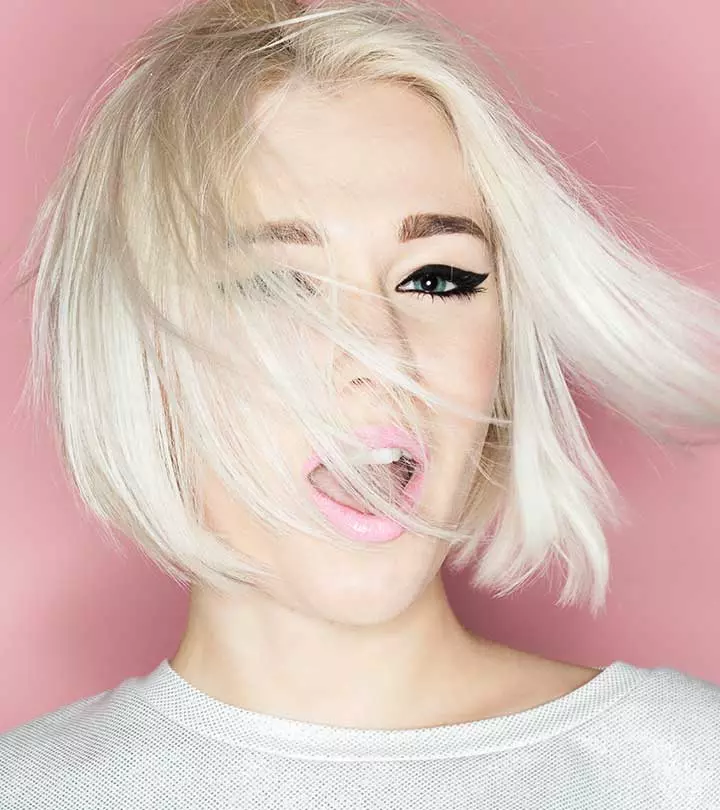
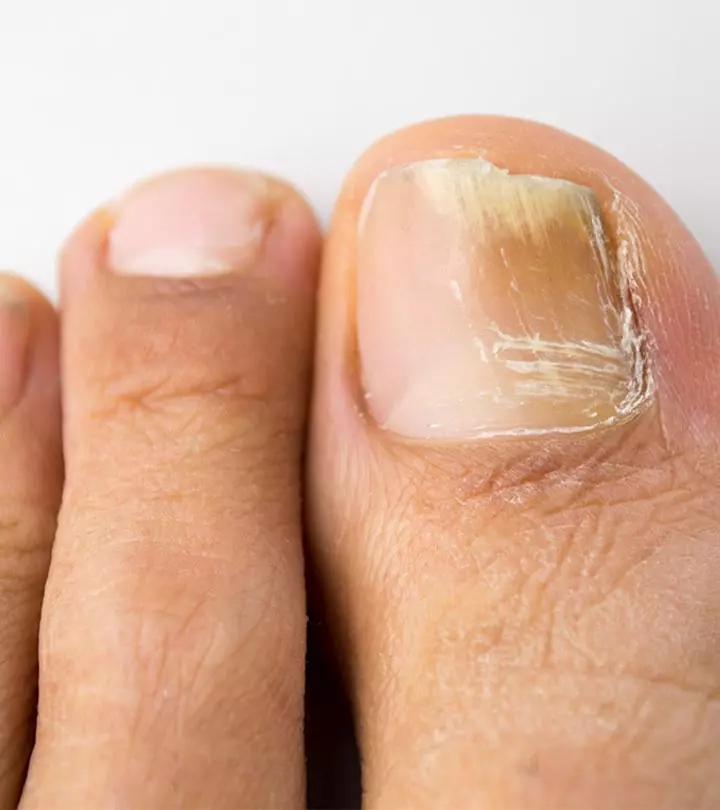



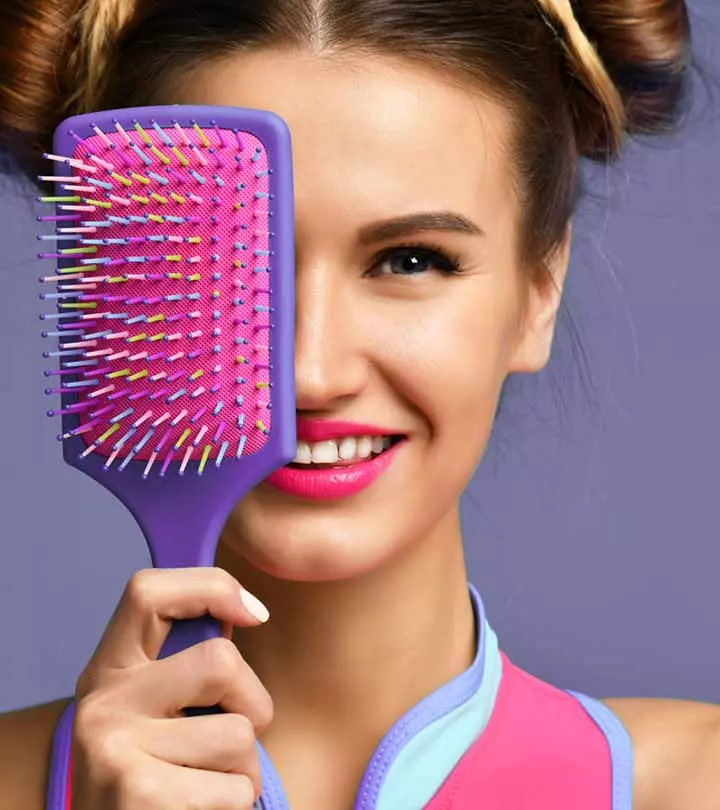
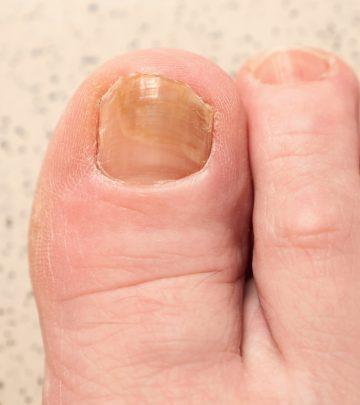
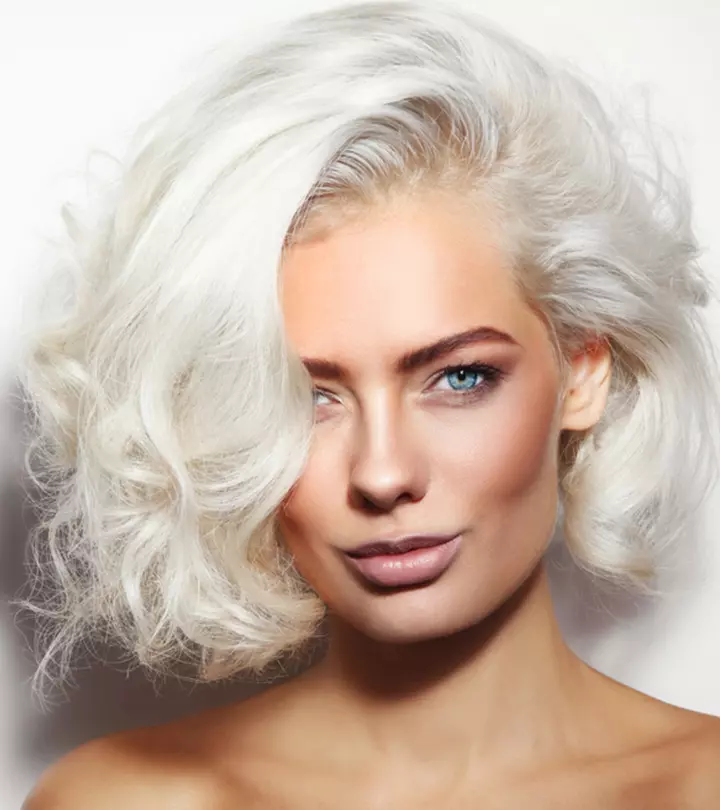
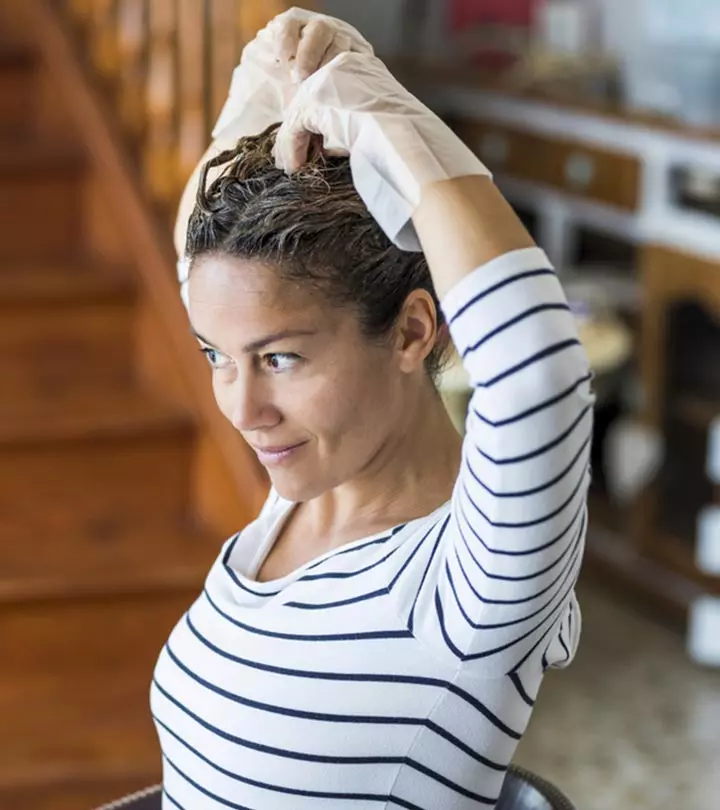
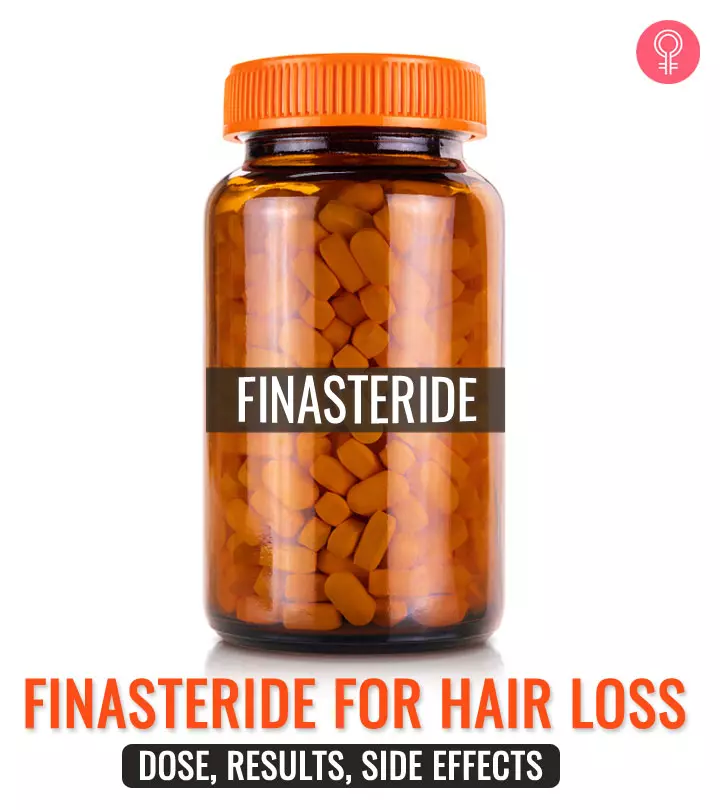
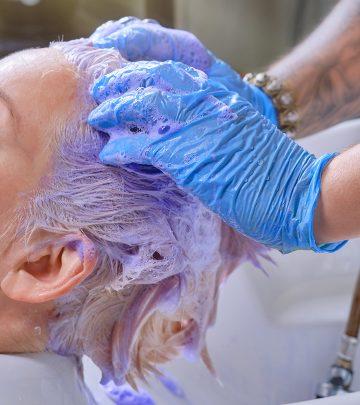


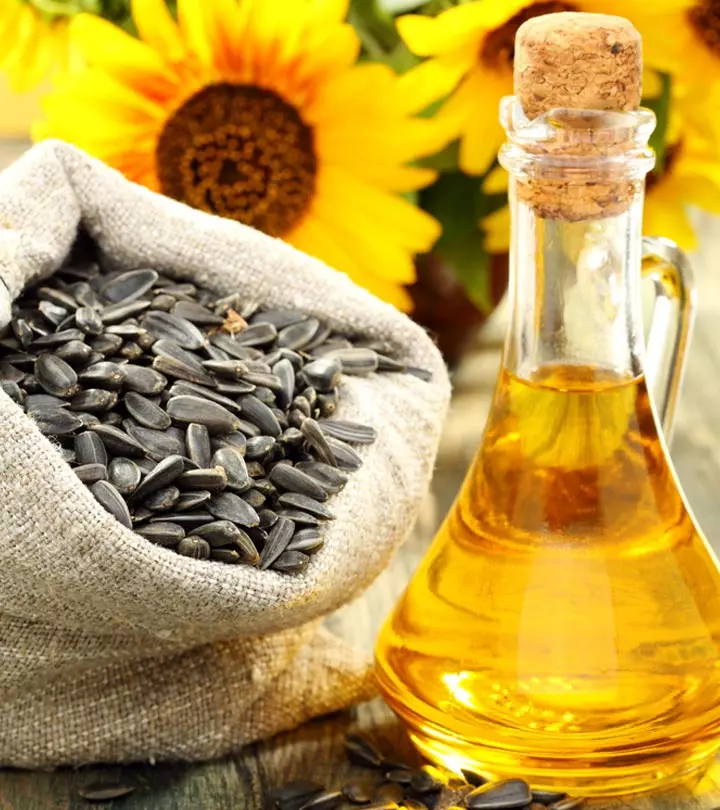

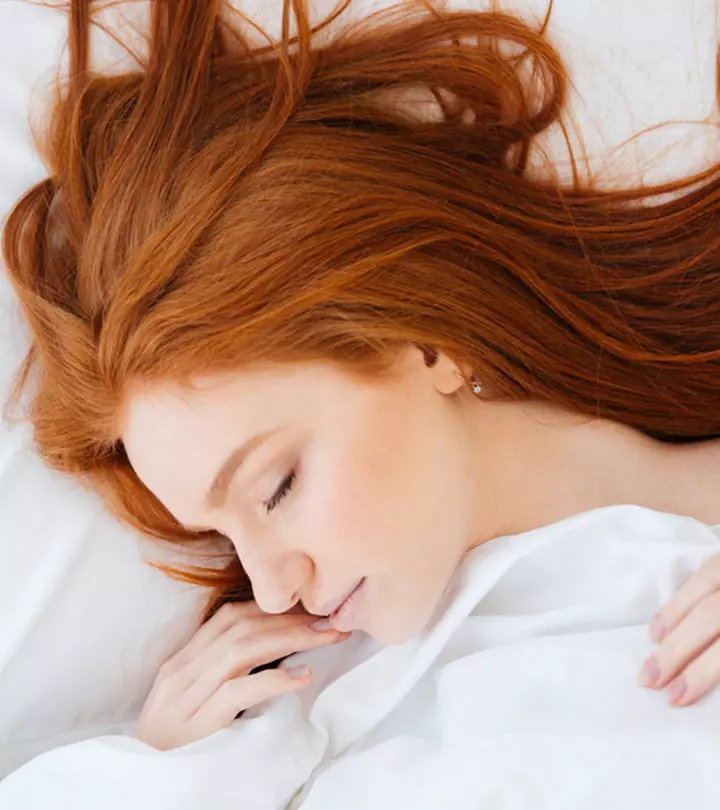

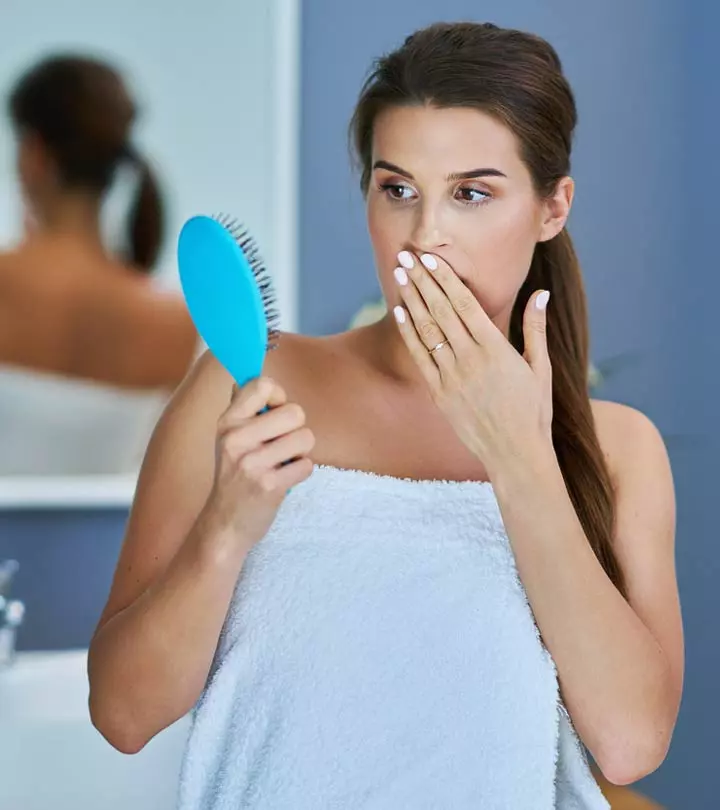

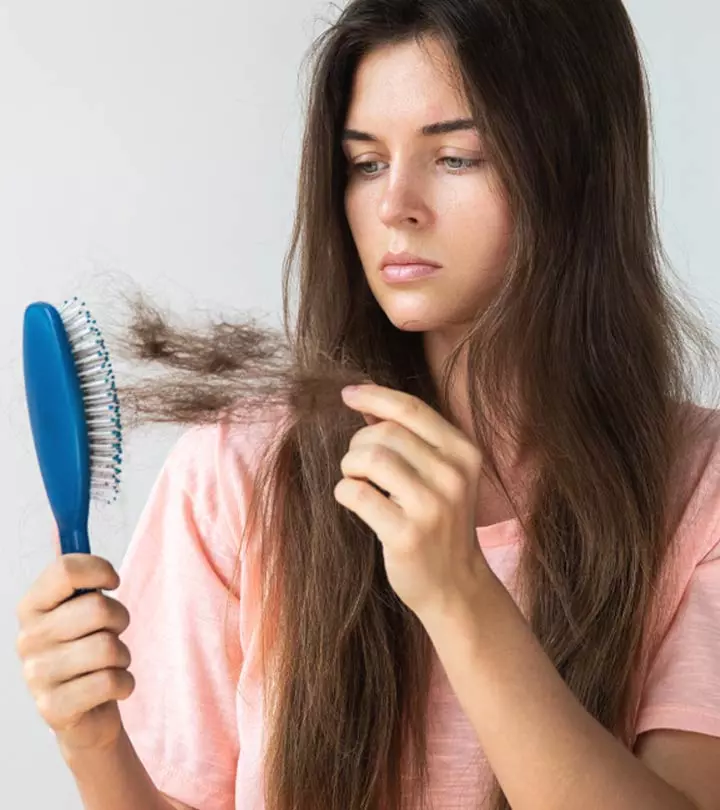
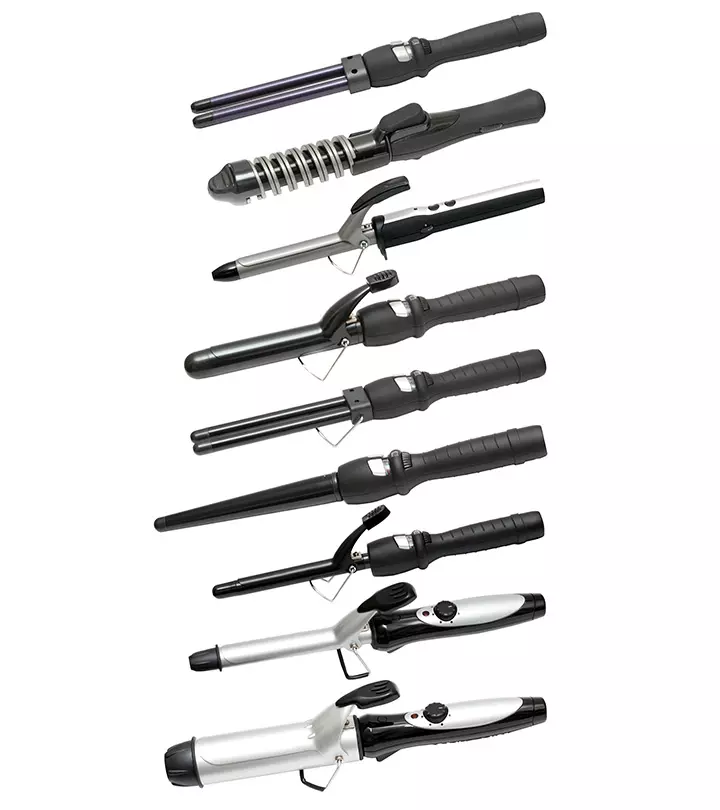
Community Experiences
Join the conversation and become a part of our empowering community! Share your stories, experiences, and insights to connect with other beauty, lifestyle, and health enthusiasts.